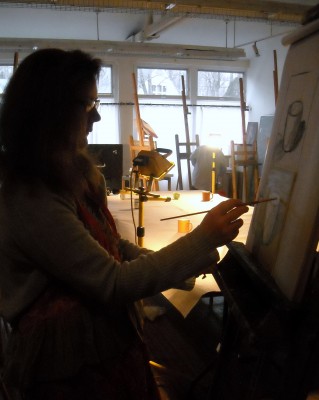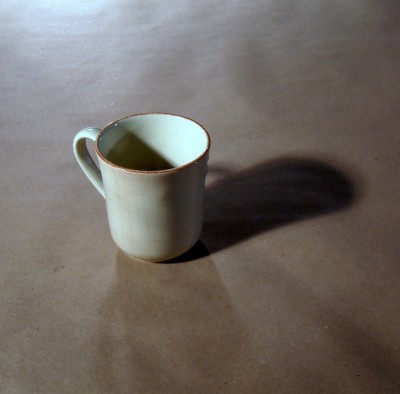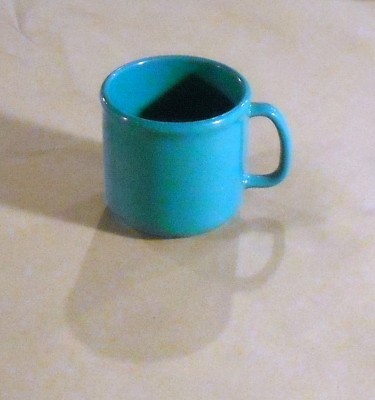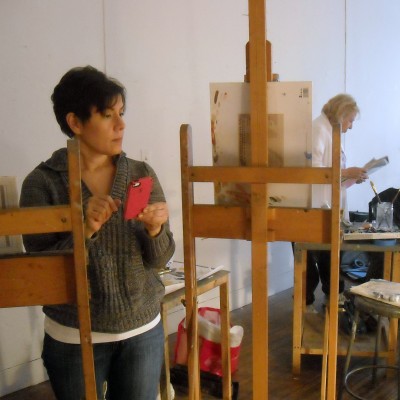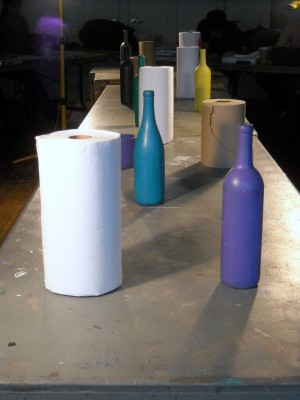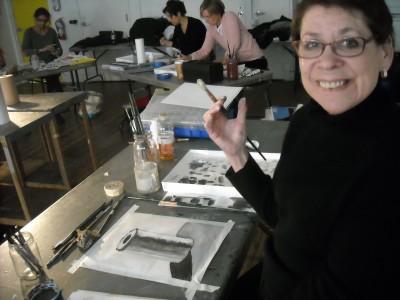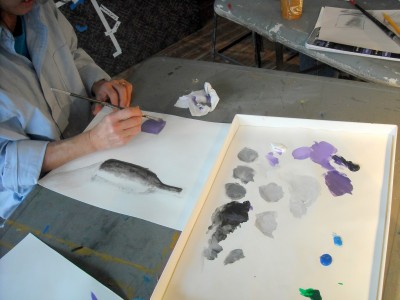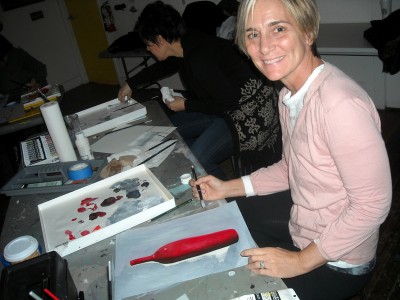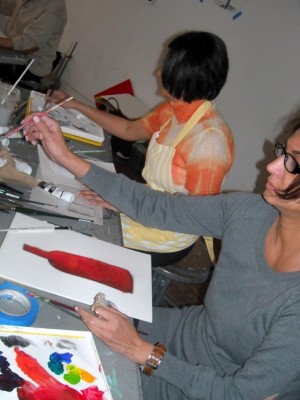Pages
Archives
- March 2014 (1)
- February 2014 (1)
- January 2014 (1)
- October 2013 (1)
- June 2013 (1)
- April 2013 (1)
- March 2013 (1)
- February 2013 (2)
- January 2013 (3)
- December 2012 (1)
- November 2012 (2)
- October 2012 (1)
- September 2012 (1)
- July 2012 (1)
- June 2012 (3)
- May 2012 (3)
- April 2012 (1)
- March 2012 (3)
- February 2012 (1)
- January 2012 (3)
- September 2011 (1)
- June 2011 (1)
- May 2011 (1)
- April 2011 (6)
Blogroll
Monthly Archives: February 2013
More Dimension!
Students are working on canvas board for the first time. To begin that process, the student makes some trial sketches on paper to work out a composition-the balance between the subject matter and surrounding space- before drawing the subject on canvas with charcoal.
As seen above, this student traced the outline of the canvas board onto the newsprint pad before making her trial sketch within it. This helps her to plan her composition for the painting more accurately.
Charcoal is easy to erase and adjust, so the same outline can be maintained while trying out different sketches for a one subject painting. Notice how she has positionned her canvas so she could use her trial sketch as a guide when she began the process of drawing, then painting onto her canvas.
Since the shadow value structure is key to developing the illusion of spatial dimension when you paint, it’s helpful to make sure the form and cast shadows on your subject are clearly defined. Use artificial lighting to do this. This amounts to making sure you have a clearly marked path in the woods so you won’t get lost!
Whatever the color of the subject, the role of the shadow values is the same: to make the subject, once replicated on your painted surface, looks dimensional and as though it has weight, gravity acting on it, a resting place.
Form shadows-the ones on the subject- make the object look three dimensional, while cast shadows cue our eyes that the subject is resting on a surface, and has weight.
“Shading” is a general term that students starting the class are already using. It refers to putting shadows in. However, it’s important to identify and learn about the specific shadow value shapes that get us to our painting goal, which in this exercise is the illusion of spatial dimension.
The shadow patterns created by your light source can’t easily be replicated once the lighting is removed (ours have to be changed for the next class). Taking a photo allows you to do that more reliably in the next session, or to work from the photo at home.
Chapter Eight in my book “Painting for the Absolute and Utter Beginner” covers this material in detail.
Comments Off on More Dimension!
Creating Paintings with Dimension
Some people chose to paint the paper towels, others the colored bottles. In each case it’s necessary to focus on the creation of shadow values-those on the subject, called “form shadows”, and those “cast” or thrown onto the resting surface by the subject- in order to bring out the illusion of dimension. Lighting the subject with focused artificial lights creates clear shadow value shapes to work from.
Below you see students developing the bottle shape with color. The first layer of red can be intensified by adding another layer of color. The form shadow shows thought the first, somewhat transparant color layer, and can be used as a guide to developing the form shadow further if you want to use thicker paint thoughout the artwork.
Highlights, the smallest, brightest areas of the painting, and accents, the smaller, darkest elements are among the last touches added to the painting.
Above, this student fills in the negative space around the subject matter, and adds lighlights.
Paintings are created in layers, starting from generalized, thin layers, and building up toward the images we see in galleries, which represents the final layers. Highlights, detail, and accents- the darker areas, appear in the topmost areas. My book, “Painting for the Absolute and Utter and Utter Beginner” will explainin detail how you can do this.
Comments Off on Creating Paintings with Dimension

